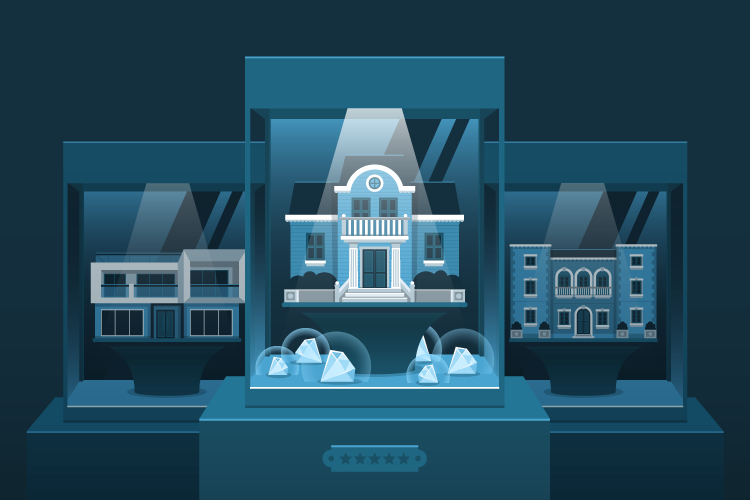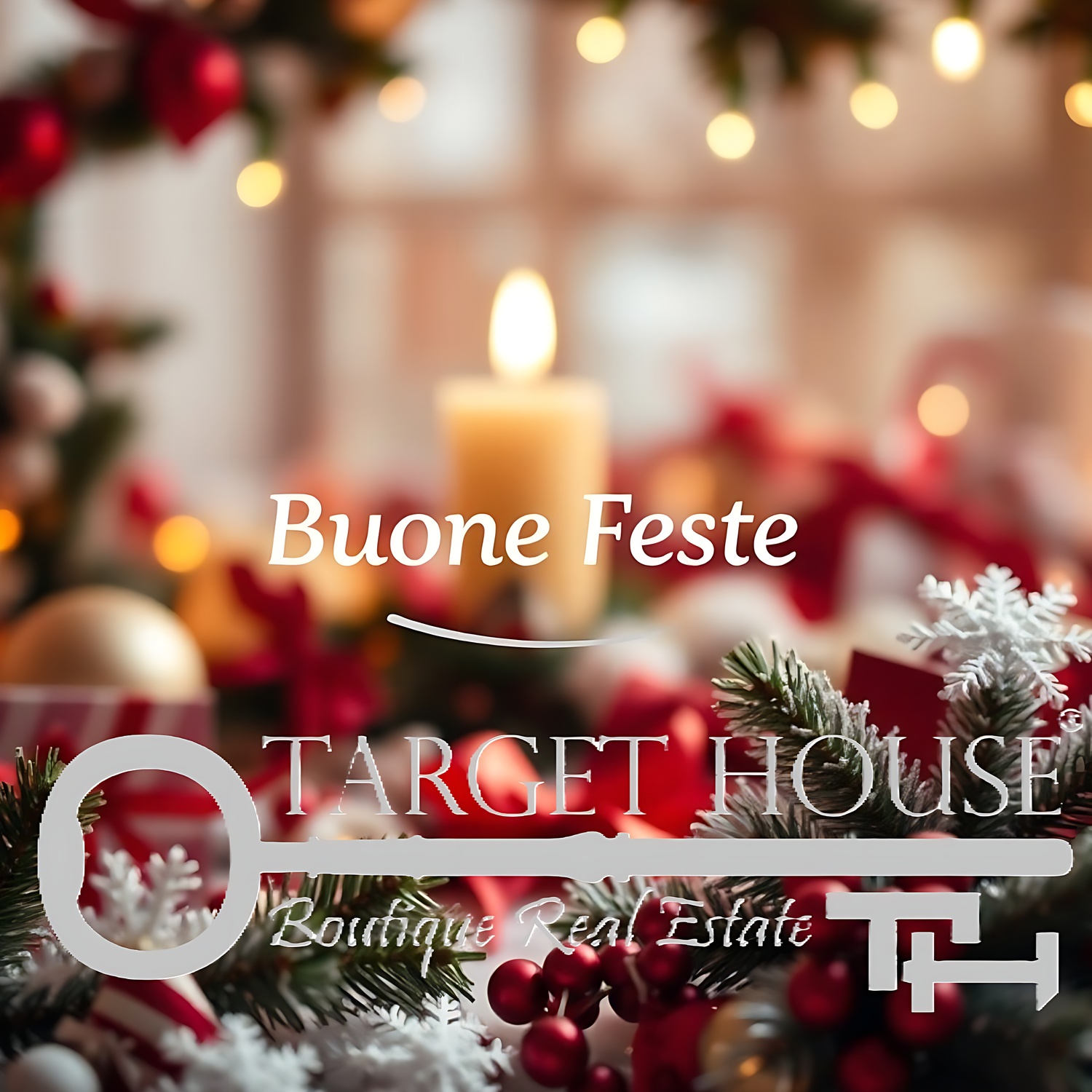Dear all,
as we approach the end-of-year holidays, TargetHouse® wishes you a magical Christmas, illuminated by you and your loved ones. We also wish you a 2026 filled with new opportunities, successes, and serenity. May it be an extraordinary year, filled with positive experiences and milestones. Happy Holidays!!
Growth, in Italy, in the demand for prestigious properties
07.09.2023

The demand for luxury properties is growing in Italy, registering a +9% in 2022 compared to the pre-pandemic period, and the supply of this type of residence is also increasing, representing 2.3% of the entire Italian market. This is what emerges from the Observatory of the luxury residential market in Italy made by Immobiliare.it Insights, in partnership with LuxuryEstate.com. The report analyzes the trend of the luxury property market in the last four years and identifies three different levels of "prestige": Extra, Large and Small, based on the possible combinations of surface area, price per square meter and total price of the properties on the whole Italian territory. The data collected by the report show that the Time to sell for luxury properties - i.e. the average time taken for an ad to be removed from the market - is 6.7 months, higher than that of the traditional market but decreasing by two months compared to the beginning of 2019. Almost 90% of the overall luxury market is concentrated in Northern and Central Italy. In detail of the geographical distribution, 36% is located in the North-West area, while a short distance away we find the Centre, with 34%. Far behind, the third area with the highest stock of luxury properties is that of the North-East, which accounts for 18% of the total. At the bottom are the South, with 7% and the Islands with 5%. Looking beyond the data of the five macro-areas, Milan continues to boast the stock with the highest value, equal to 6.06 billion euros, almost entirely made up of apartments (about 99%). Demand has always remained above the levels of the beginning of 2019 despite presenting a discontinuous trend in the period analyzed. Followed by Rome with 4.5 billion and the value of the stock in sharp decline (-29% compared to 2019). Versilia is in third place in the total ranking, with 3.47 billion, made up for over three-quarters of villas (77%). Just below the podium is the Riviera Ligure and the lakes of Como and Garda. If the classic residential market has a stock made up almost entirely of apartments, luxury is divided almost equally between the latter and independent solutions. In particular, apartments still prevail, but only with 52% against 48% of villas. The stock of all Italian luxury properties overall is close to 48 billion, with a growth in recent years that increasingly projects it towards 50. The luxury villas, however, are those where the majority of the value is concentrated: 27.8 billion at the end of 2022, up 8% compared to a year earlier, against 20.1 billion for apartments. Despite the substantial balance between the two categories in the stock on offer, 71% of the luxury market's demand is attracted by apartments.


